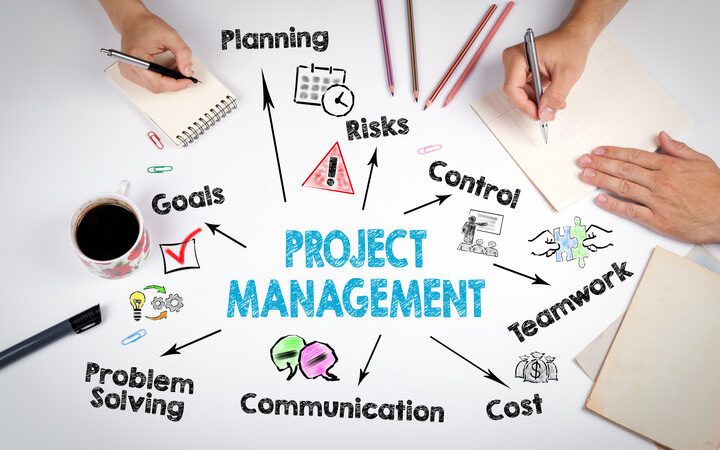What Are The 10 Basic Steps In The Procurement Process?

Procurement refers to the process of finding and purchasing all services and goods required for an organization’s operation. Although it may seem simple, procurement is a complex process that involves many steps. Businesses need to be able to comprehend the entire process. The procurement process can be improved to reduce overall costs and increase efficiency. These are the 10 basic steps in the procurement process.
Table of Contents
Step 1: Identify the need
It is impossible to procure something if you don’t have the need. Recognizing the need for a product or service is the first step. The department responsible should be able justify the need. You can order a new product or service, or reorder or revise an existing item.
Step 2: Define your materials
The company must choose the right vendors and materials. There are some industry standards that allow companies to identify the right vendors and materials. It is vital to keep in touch with vendors, new products, technologies, and other vendors, even if you have just started working with them.
Also Read: Top financing trends for startups in 2021
Step 3: Identify the source
It is crucial to identify all sources that could be used to get the materials. This could be done using an approved vendor list. If this is not possible, the company will need to find vendors that meet the criteria.
Step 4: Negotiation terms and prices
After a supplier like Utility Bidder has been selected by the department, the procurement group will investigate and negotiate the best terms for the product or service.
Step 5: Create a Purchase Order
A purchase order is a contract used to purchase services or products. It includes the price, terms, conditions, the product specification, and any additional obligations. This legal contract becomes active when the vendor receives the purchase order and accepts it.
Step 6: Accelerating the order
This controls the delivery of products and services. This is crucial in avoiding delays. This ensures that payment and delivery are done on time and that work is completed according the plan and specifications.
Step 7: Obtaining the product/service
Before payments can be made, it is important to acknowledge receipt of the goods or services.
Step 8: Inspection of goods & receipt
The company must inspect the goods once they have been delivered and then accept the receipt. If the products or services are not up to standard, the company has the right to reject them. The vendor can either replace them or cancel the order. After the goods are accepted by the company, they must be paid.
Step 9: Payment approval and approval of the invoice
It is crucial to verify that the transaction was correct before you pay. Matching 3 documents is the best way to do this. These documents include the purchase order and packaging slips. They can identify discrepancies and prevent them from causing large income loss. It is crucial to address discrepancies immediately in the event of them. Once everything is in order, approval of the invoice must be obtained and payment must be made.
Step 10: Keep a record
For bookkeeping purposes, the company must keep a detailed record of all transactions. It is important to save all relevant documents regarding purchases. This will allow you to keep track of your income and expenses, and it will also help you during tax season or audits.






